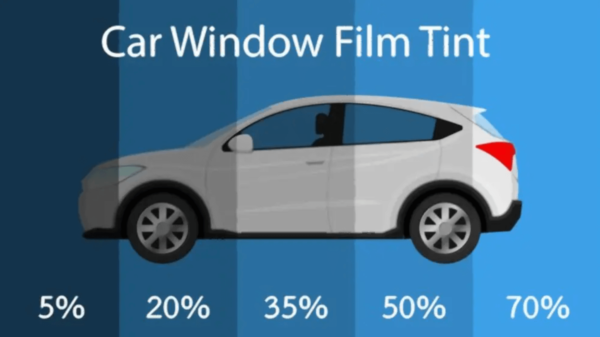Shades of the Road: A Guide to Car Tinting Laws Across the States
In the realm of road legality, a topic that often catches the eye is car tinting laws by state. Whether you're a seasoned driver or a new addition to the world of automotive enthusiasts, understanding the nuances and variations of tint regulations across different states is key to ensuring compliance and avoiding potential fines or consequences that may arise from unknowingly violating these laws. From the sunny shores of California to the bustling streets of New York, the rules governing the tint levels on your vehicle's windows can vary significantly from one state to another, making it essential for motorists to stay informed and up-to-date when it comes to tinting their beloved rides.
Overview of Car Tinting Laws
Car tinting laws vary across different states in the U.S. Each state has its own specific regulations regarding the level of darkness allowed for car window tints.
When it comes to car tinting laws, it is important for drivers to be aware of the legal limits in their state to avoid potential fines or penalties.
Before adding tint to your car windows, make sure to check the specific tinting laws in your state to ensure compliance with the regulations in place.
Common Regulations
Each state in the U.S. has its own specific laws and regulations regarding car window tinting. These regulations typically govern the permissible Visible Light Transmission (VLT) levels for tinted windows, which determine how much light can pass through. The VLT percentage refers to the amount of light allowed to enter the vehicle and varies depending on the state.
In addition to VLT limits, many states also have restrictions on which windows can be tinted. For example, some states only allow tinting on the rear windows, while others may permit tinting on the front side windows as well. Understanding these regulations is crucial for ensuring compliance and avoiding potential fines or penalties.
Moreover, enforcement of tinting laws can vary between states, with some taking a more stringent approach than others. It's important for car owners to be aware of the specific regulations in their state and to adhere to them to maintain road safety and compliance with the law.

Enforcement and Implications
When it comes to understanding car tinting laws by state , enforcement is a crucial aspect to consider. State authorities employ various methods to enforce these laws, such as conducting regular traffic stops and inspections. Failure to comply with tinting regulations can result in fines, tickets, or even having to remove the tint to meet legal requirements.
The implications of violating car tinting laws vary from state to state but can potentially lead to legal consequences. In addition to fines, individuals may face penalties such as points on their driving record or even having their vehicle registration suspended. It is essential for car owners to be aware of the specific tinting laws in their state to avoid these repercussions.
Overall, understanding the enforcement and implications of car tinting laws can help drivers navigate the regulations effectively. By staying informed and complying with these laws, individuals can ensure they are driving legally and safely on the roads.